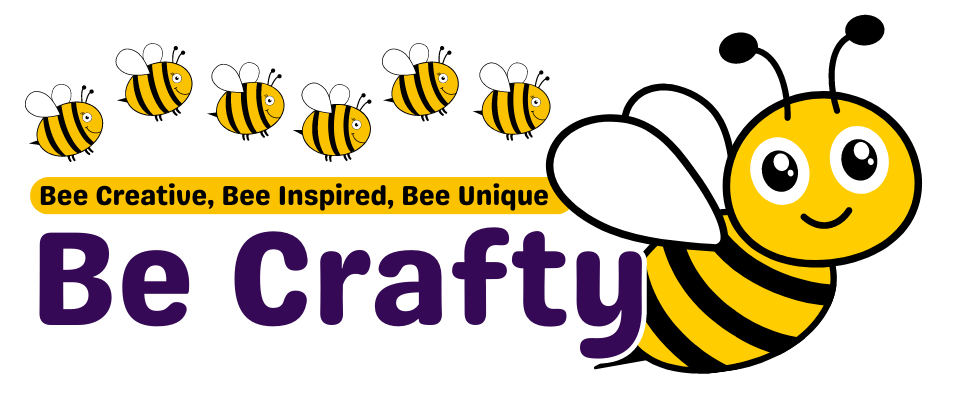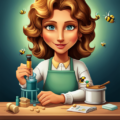Fabric painting is an art form that allows individuals to express their creativity on a tangible, wearable canvas. Two of the most popular techniques in fabric painting are tie-dye and batik. These methods have been used for centuries across different cultures, and continue to be loved for their unique results and the element of surprise they bring to the crafting process.
Tie-dye is a process that involves folding, twisting, pleating, or crumpling fabric and binding it with string or rubber bands, followed by application of dye. The areas of the fabric that are tightly bound resist the dye, creating unique patterns and colors. This technique has its roots in ancient civilizations such as India, Japan and Africa.
To begin tie-dying, one must first select a natural fiber fabric like cotton or silk. Synthetic fibers do not absorb dye well. The fabric is then soaked in a soda ash solution to prepare it for dyeing. After soaking, the fabric is wrung out and folded according to the desired pattern. Common folds include the spiral, accordion, bullseye, and mandala. The folded fabric is then bound tightly with rubber bands or strings.
Dyeing can be done using either cold water or hot water dyes. Cold water dyes are more commonly used because they are easier to handle and require less equipment. The dye is applied to the fabric using squeeze bottles, paintbrushes or even immersion in a dye bath. After dyeing, the fabric is left to set for at least 24 hours before rinsing off the excess dye and unbinding.
Batik on the other hand, is an ancient art form predominantly practiced in Indonesia. It involves applying wax to fabric in intricate designs and then dyeing the fabric. The areas covered in wax resist the dye, allowing the artisan to create multi-layered color effects and detailed patterns.
The process begins with designing a pattern on paper and then transferring it onto the fabric using pencil. Hot wax is then applied onto the areas of the design that are to remain undyed using a tool called a tjanting or a simple brush. Once the wax cools and hardens, the fabric is immersed into a vat of dye.
When dyed and dried, more wax can be applied for additional layers of color. This process can be repeated several times depending on the complexity of design and number of colors required. The final step involves removing all the wax by placing a paper over it and ironing until all wax is absorbed by the paper.
Whether you choose tie-dye or batik, both methods offer endless possibilities for creativity due to their unpredictability and randomness. They can be used not just on clothing but also on home décor items like curtains, tablecloths or pillow covers.
Both techniques require patience as they involve multiple steps of folding or waxing, dyeing and setting time. However, they give immense satisfaction when you see your finished product – a unique piece of art created by your own hands.
So go ahead; grab some fabric, dyes and tools; let your imagination run wild with colors and patterns; create your own wearable art or personalized home décor items; enjoy these fascinating techniques of fabric painting!

